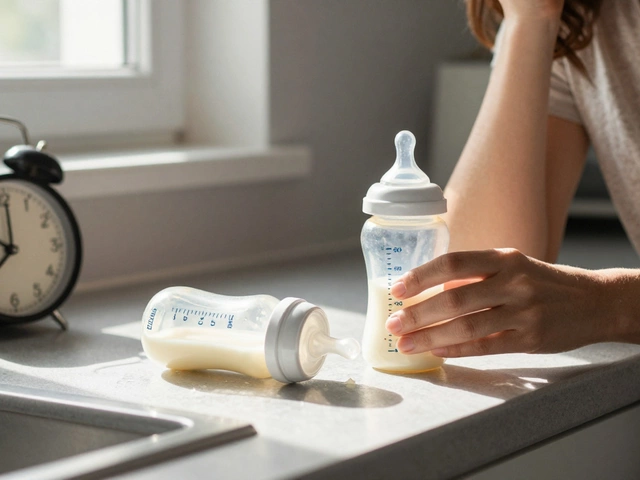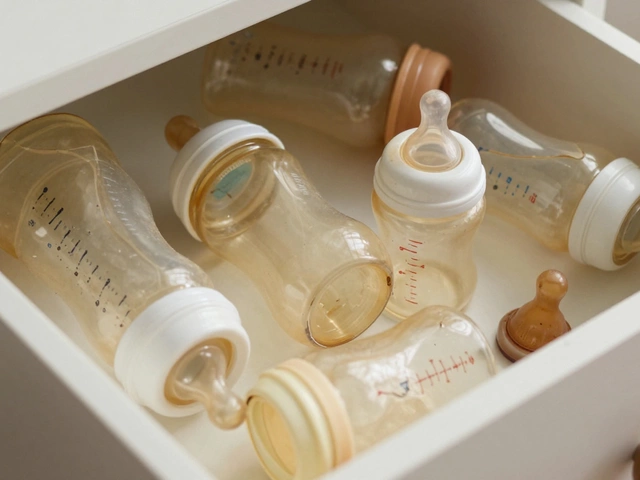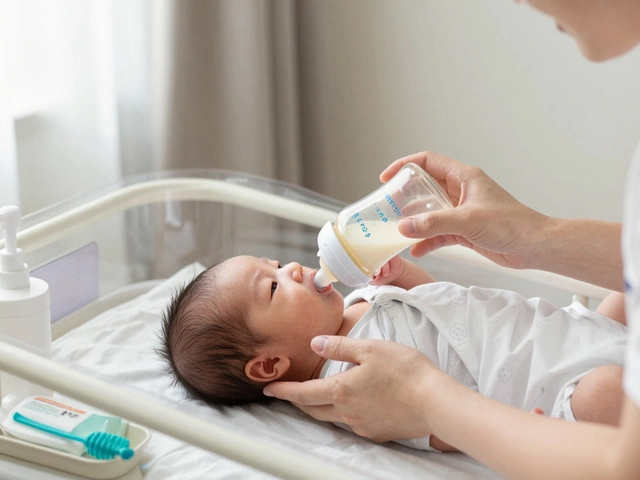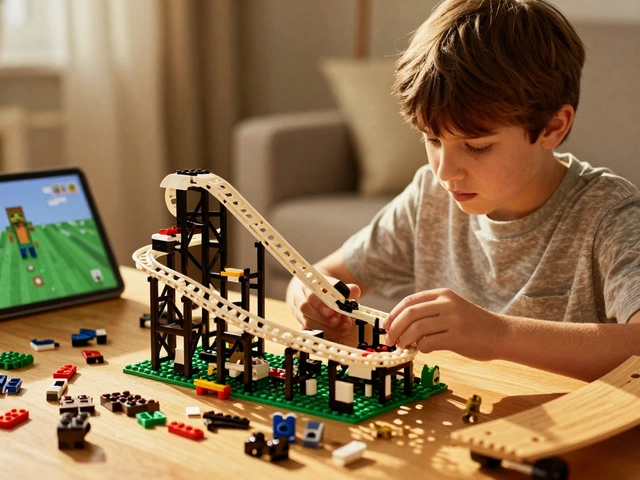
Deciding when a child is too old for a toddler bed can be a real puzzle for parents. Is three years too long to keep them in one? Or is it a case of 'the longer, the better'? Every child is different, and several factors come into play when making this transition decision. Parents often seek a balance between safety, comfort, and practicality, making it all the more critical to understand each child's unique needs.
In this journey of early childhood decisions, parents must put their child's growth and wellbeing at the forefront. As children grow, they not only need physical space but also psychological readiness to handle new changes. Whether it's age three, four, or even beyond, there are signs and guidelines that can help determine the best time to switch from a toddler to a regular bed.
Moms and dads, let's not stress too much. With a little insight into child development and by paying attention to cues from our little ones, we can ensure that this transition not only occurs smoothly but also turns into another exciting step in their growing-up journey.
- Understanding Toddler Bed Age Guidelines
- Signs Your Child Is Ready for a Big Bed
- Safety Considerations for Toddler Beds
- Expert Tips on Transitioning Smoothly
Understanding Toddler Bed Age Guidelines
As parents, we often find ourselves asking when is the appropriate time to move our little ones from their snug toddler bed to a larger, more grown-up sleep space. While safety regulations and manufacturer recommendations provide some guidance, there's no exact moment that fits every child. Most importantly, it’s about knowing your child, their development stage, and readiness. The American Academy of Pediatrics suggests that by age three, children generally have the motor skills to handle a larger bed, but this guideline is not a hard rule for all families.
Children under the age of three might still be small enough to comfortably use a toddler bed, which is typically designed to accommodate weights of up to 50 pounds. However, space is not the only consideration. A toddler's maturity, nighttime behaviors, and even their own sense of independence play crucial roles in determining whether they are ready for the transition. Some parents notice that children begin to show interest in larger spaces or even attempt the nightly jailbreak from their toddler beds, indicating a readiness for change.
There are often cultural or familial preferences at play as well. For instance, some families might adhere to traditions of co-sleeping, which can delay the introduction of any independent sleeping bed beyond age three. In these scenarios, readiness for a new bed might not align with standard age recommendations, because it revolves on different dynamics of care and old customs. It is equally vital to engage them in the decision-making process, making them feel involved and ready for their new bed – this is not just a practical change, but a psychological step forward in their growth.
Ultimately, respecting a child's individuality, observing their comfort levels, and fostering a sense of safety are key when following the age transition guidelines from toddler to regular bed. This move can vary greatly depending on each child's experiences, family circumstances, and parental goals. By being attentive to these dynamics, parents can ensure this transition becomes a natural part of their child’s development. As the parenting expert Dr. Sears notes, "Monitor your child's cues rather than the clock" – a reminder that while age can serve as a guideline, personal readiness is paramount in making this important change.
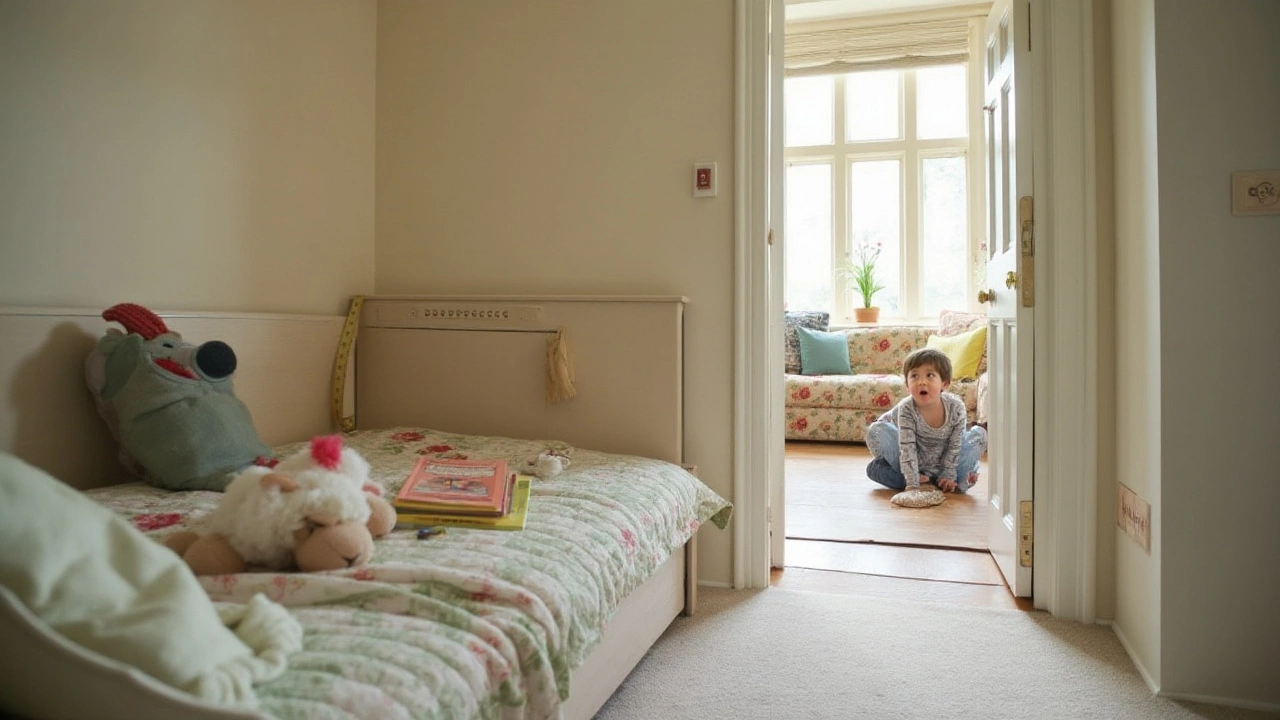
Signs Your Child Is Ready for a Big Bed
Recognizing the moment your little one is ready to swap their toddler bed for a bigger sleeping space is a blend of observation and intuition. Many parents often wonder about the right age, but rather than focusing solely on age, it’s crucial to look for developmental cues. For instance, if your child is regularly climbing out of their bed, it may signal that they are feeling restricted in their current space. This behavior is not just a cause for concern over potential falls, but it also indicates a readiness for more freedom in their sleeping environment.
Another strong sign is if your child starts to express interest in the regular beds they see in their environment. Children are naturally curious, and part of their growth involves mimicking and aspiring to do things they see adults or older siblings doing. If they begin to talk about sleeping in a regular bed, consider this a nudge towards making the change. Additionally, night-time potty training is another indicator. As they gain full potty independence, having a bed that's easier to get in and out of helps them feel capable and grown-up.
It’s also pivotal to observe how well your child is sleeping. Consistent sleep disruptions or the inability to get comfortable could be because they’re outgrowing their current bed’s dimensions. When children feel cramped, it affects the quality of their rest, and consequently, their mood and development. Dr. Brown, a noted pediatrician states,
"The transition to a larger bed isn’t just about physical readiness; it’s about emotional readiness too. A child’s willingness to accept change is often the best guide."Their emotional comfort is equally as important, and if they express excitement about moving, it’s often a good time to make the leap.
Additionally, if your child’s room is already equipped with a twin or full-sized bed, start by involving them in the process. Ask them about bedding choices or even how they’d like the room arranged. Engagement in this way helps them feel in control, reducing any anxiety about the impending change. Parents may also consider whether subsequent siblings will require the toddler bed, prompting an earlier transition for the older child.
Referencing data from reputable parenting organizations, the transition typically occurs between 18 months and 3.5 years old. However, it’s crucial to respect individual developmental timelines. Consult your pediatrician if you’re unsure, but often, keeping a keen eye on your child’s physical and emotional cues is the best strategy. Always remember, each child is unique – some may move to a big bed earlier, while others may take a bit more time. In this transition, patience and understanding are key components.
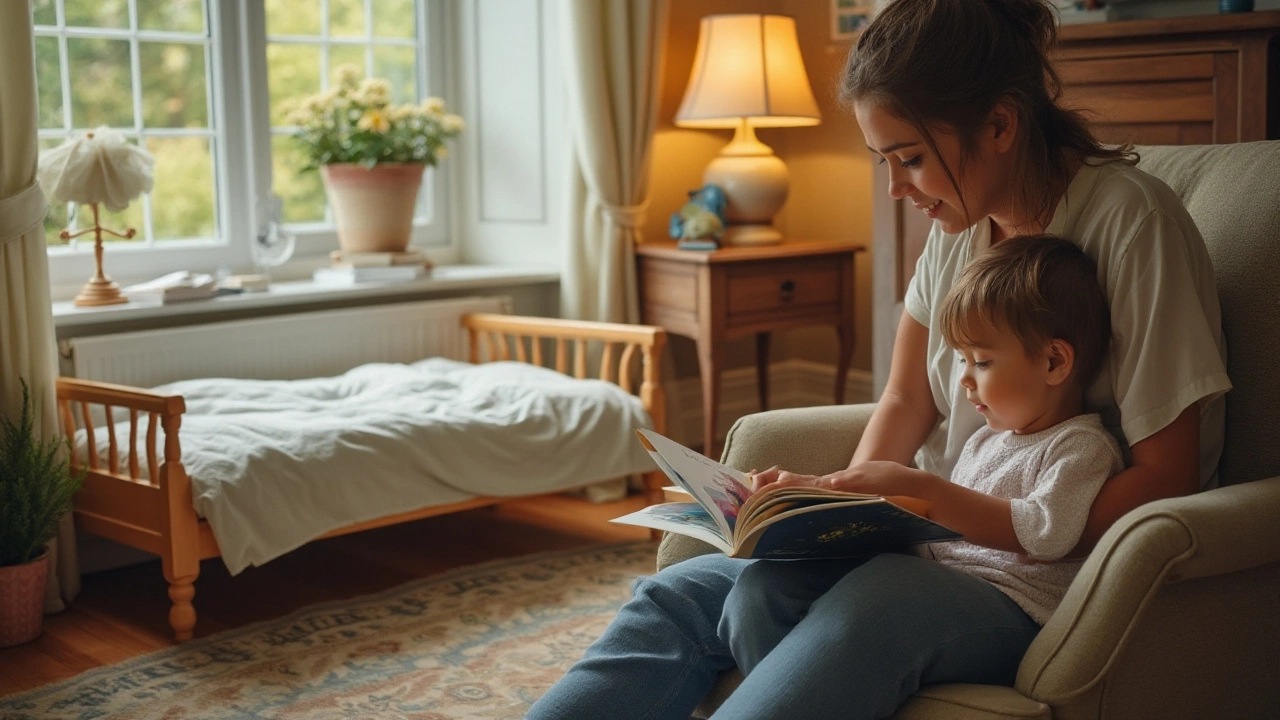
Safety Considerations for Toddler Beds
When it comes to ensuring your child's safety in a toddler bed, there are several crucial aspects to consider. The primary concern for every parent is to provide a secure sleep environment that minimizes risks and maximizes comfort. A proper toddler bed should have guardrails on both sides to prevent accidental falls, which can be surprisingly common among active tots who toss and turn in their sleep. It's necessary to ensure the guardrails are firmly attached and high enough to offer true protection.
Another important factor is the bed's construction. A toddler bed should be sturdy and low to the ground, making it easy for children to climb in and out of bed independently, yet safely. This minimizes the risk of injury in case they accidentally roll off. Check the bed's stability regularly – loose screws or wobbly frames can lead to accidents. The right time to address any potential hazards is before your child uses the bed, maintaining a secure and reassuring atmosphere for your beloved little one.
Moreover, the mattress plays a vital role in sleeping safety. You should ensure it fits snugly within the frame, leaving no gaps that could entrap small limbs. A firm mattress provides the necessary support for growing bodies and promotes healthier sleep patterns. Polyester or hypoallergenic covers on the mattress can help protect against allergens and make cleaning up spills and messes a breeze, contributing to better overall hygiene and health.
To enhance safety, positioning the toddler bed away from windows, wall décor, blinds, or any hanging chords is crucial. Keeping the area around the bed clear ensures there are no distractions or hazards that the child might reach while in bed. Keep the room temperature comfortable and ensure enough ventilation for your child to have an undisturbed and healthful sleep.
Providing a safe sleep environment also involves monitoring the transition with care. Some children express a need for additional comfort, like security blankets or favorite soft toys. As psychologist Dr. Emily Stephens suggests, "It's important to allow these comfort items as they aid in reducing nighttime fears and anxieties in toddlers embarking on the switch." Keeping bedtime routines consistent and encouraging children to ask for what they need can bolster their feeling of security. Adjusting to a new bed is a significant change, after all.
As your child grows more comfortable in their toddler bed, ensure you continue regular safety checks. This includes assessing the condition of the bed, observing sleeping patterns, and staying alert to changes in your child's comfort level. Maintaining an open dialogue with your child about their sleep experiences can provide valuable insights that affect the decisions you make about their sleeping arrangements. While each journey is unique, prioritizing safety empowers you with peace of mind, knowing that your child sleeps soundly and securely every night.
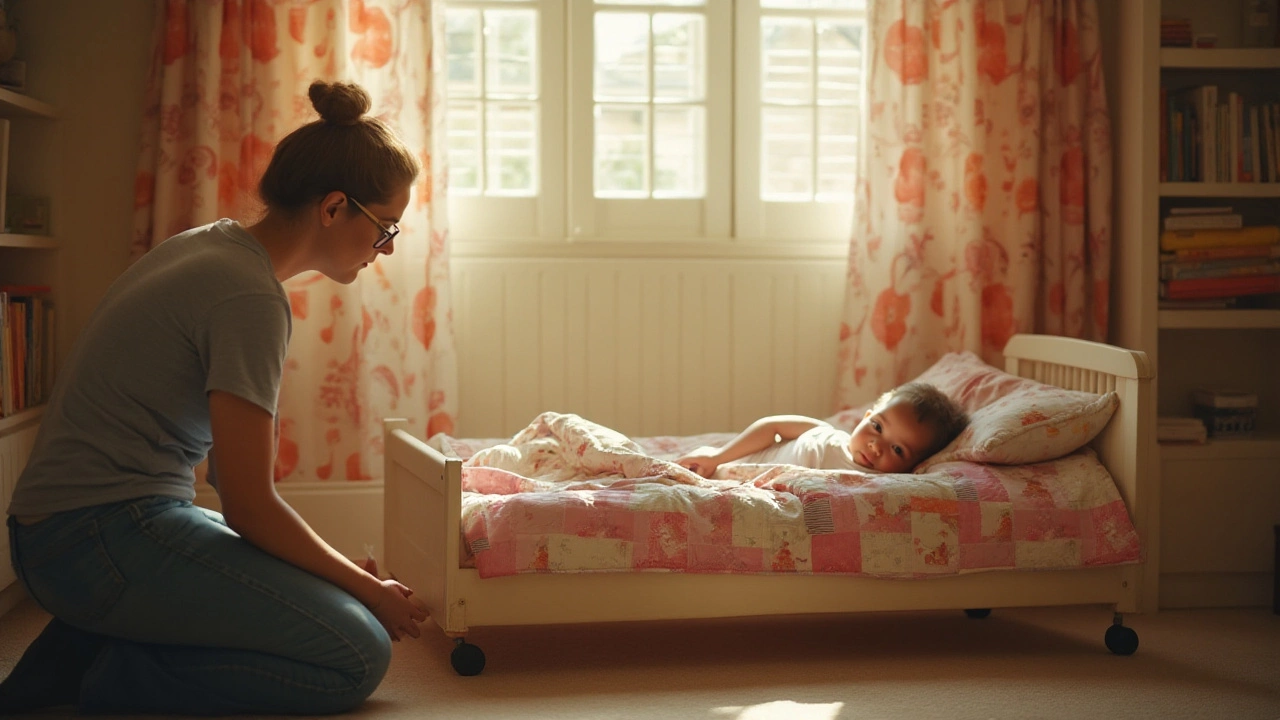
Expert Tips on Transitioning Smoothly
Embarking on the transition from toddler bed to a big-kid bed is a significant milestone for both parents and children. The changes can be daunting, yet with the right preparation and a touch of creativity, it can become an experience filled with joy. One crucial tip is to start this process by involving your child in every step. Let them feel like they are part of the adventure, whether it’s choosing the new bed or picking out sheets with their favorite characters or colors. When a child feels included in the decision-making, the transition becomes less about giving up something old and more about gaining something new and exciting.
Another essential aspect to consider is timing. Look for signs your child might be ready, like climbing out of their current bed or expressing a desire for a 'big kid' bed. Make sure the timing is right for your family as well, perhaps avoiding busy or stressful periods. Introducing the new bed with a positive spin is helpful; talk about it during the day and mention how it's a special step in their growing-up journey. Encouraging stories or books about other characters transitioning can also serve as a gentle introduction. According to child psychologist Dr. Amanda Klein, "Kids often emulate the characters they adore, making story-time an effective way to frame new experiences."
Besides preparation, safety should always remain a top priority. Ensure the new bed is sturdy and fits snugly with safety rails if necessary. If your child is prone to falling out of bed, using a mattress directly on the floor initially could be a helpful tip. Remember to check for anything hazardous nearby that your child could potentially reach from the new height. Keeping the room safe and secure gives peace of mind to both the parents and the toddlers embracing their newfound independence.
Maintaining a consistent bedtime routine as you transition is also crucial. This could include some quiet time, a favorite bedtime story, or a gentle lullaby. Keeping these consistent, yet flexible to their new environment is key. It's about giving them structure, so they know what's coming next, but with enough room for their growing need for autonomy. And don't forget the power of rewards and encouragement, a sticker for a good night's sleep, or a small toy after a week in the new bed can provide an added boost of confidence.
Celebrating this transition creates a positive atmosphere. A small ‘bed warming’ party with family might be a delightful idea, reinforcing the positive feelings associated with the change. The key is patience and understanding that each child transitions at their own pace. With the right mindset and approach, moving out of the toddler bed can be not just a parental challenge, but a shared victory towards growing up.


